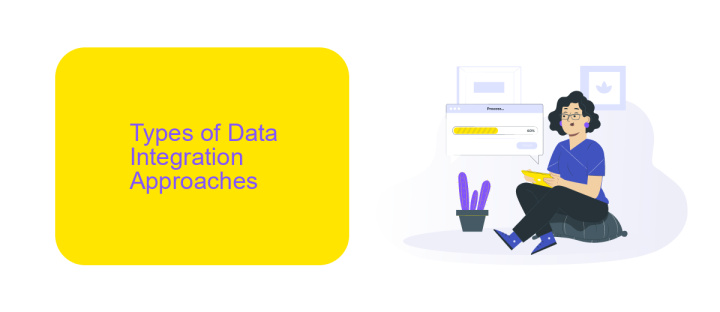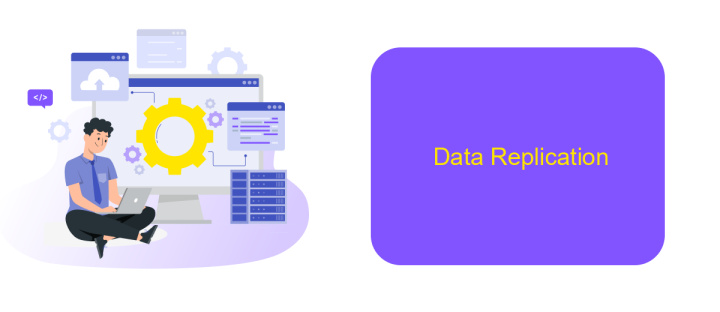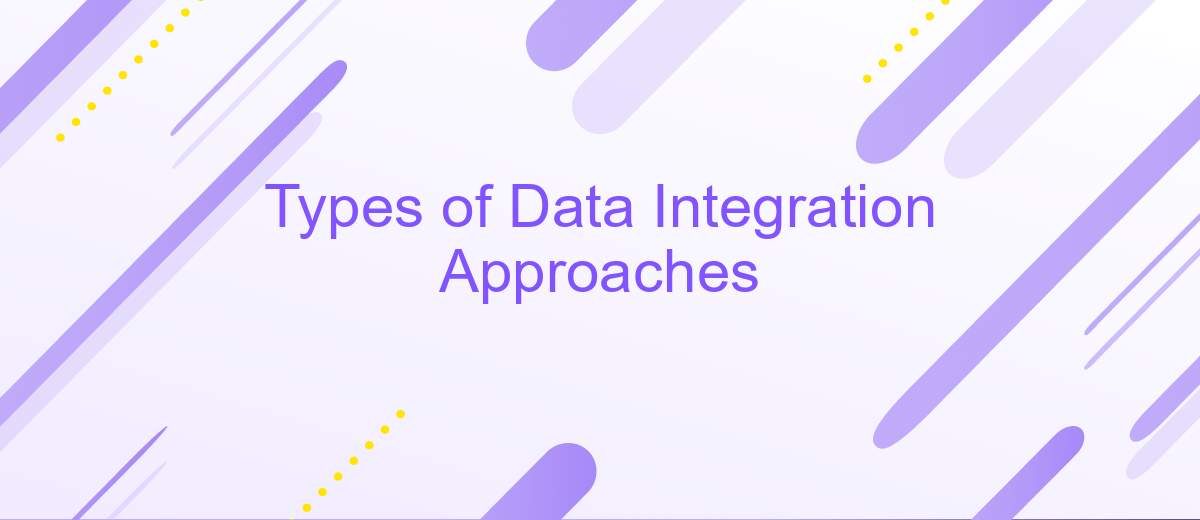Types of Data Integration Approaches
Data integration is a crucial aspect of modern data management, enabling organizations to combine data from various sources into a unified view. Understanding the different types of data integration approaches is essential for optimizing data workflows and ensuring data accuracy. This article explores the primary methods used in data integration, highlighting their unique features and applications.
Introduction
Data integration is a critical process for organizations aiming to unify disparate data sources into a cohesive and accessible format. This process is essential for deriving actionable insights and making informed decisions. Various approaches to data integration exist, each with its unique advantages and challenges, and selecting the right one depends on the specific needs and infrastructure of an organization.
- Manual Integration: Involves human intervention to collect and merge data.
- Application-Based Integration: Uses software applications to facilitate data integration.
- Middleware Data Integration: Employs middleware to connect different data sources.
- Uniform Data Access: Provides a unified view without physically moving data.
- Common Data Storage: Centralizes data into a single repository, like a data warehouse.
Modern tools like ApiX-Drive simplify the integration process by offering automated solutions that connect various applications and data sources seamlessly. These tools reduce the need for manual intervention, ensuring that data is consistently up-to-date and readily available for analysis. By leveraging such services, organizations can streamline their data integration efforts, leading to more efficient operations and better decision-making.
Types of Data Integration Approaches

Data integration approaches vary widely, but they can generally be categorized into several key types. The first approach is manual data integration, where data is manually collected and merged from different sources. This method is time-consuming and prone to human error but can be useful for small-scale projects. Another common approach is middleware data integration, which uses software to connect different systems and facilitate data exchange. Middleware solutions are more efficient and scalable than manual methods, making them suitable for larger organizations.
Automated data integration is another significant approach, leveraging tools like ApiX-Drive to streamline the process. ApiX-Drive automates data transfers between various applications and services, reducing the need for manual intervention and minimizing errors. This approach is ideal for businesses looking to improve efficiency and accuracy in their data management. Lastly, data warehousing involves consolidating data from multiple sources into a single repository, which can then be used for reporting and analysis. Each of these approaches offers unique benefits and can be chosen based on the specific needs and scale of the organization.
Data Federation

Data Federation is a data integration approach that allows users to access and manipulate data from multiple sources without needing to move or copy the data to a centralized repository. This method provides a virtual database that combines data from various sources, presenting it as a unified view. It is particularly useful for organizations that require real-time access to diverse data sets while maintaining data autonomy and security.
1. Data Source Integration: Data federation integrates different data sources, such as databases, data warehouses, and cloud services, into a single virtual database.
2. Real-Time Data Access: Users can query and retrieve data in real-time without the latency associated with data movement or replication.
3. Data Autonomy: Each data source maintains its autonomy, ensuring that data governance and security policies are enforced at the source level.
4. Simplified Data Management: Tools like ApiX-Drive can facilitate the configuration and management of data federation, streamlining the integration process and reducing the need for extensive coding.
By leveraging data federation, organizations can achieve a comprehensive view of their data landscape without the complexities of traditional data warehousing. This approach helps in making informed decisions quickly by providing seamless access to up-to-date information from various sources. Additionally, services like ApiX-Drive can enhance the efficiency of setting up and managing data federation, ensuring a smooth and effective integration process.
Data Replication

Data replication is a method of copying data from one location to another, ensuring that the same data exists in multiple places. This approach is crucial for maintaining data consistency and availability across different systems and locations. It is widely used in scenarios where real-time data access and reliability are essential.
There are various techniques for data replication, each with its own set of benefits and challenges. These techniques can be broadly categorized into synchronous and asynchronous replication. Synchronous replication ensures that data is copied instantaneously, while asynchronous replication introduces a slight delay but is more bandwidth-efficient.
- Synchronous Replication: Provides real-time data consistency but requires high bandwidth.
- Asynchronous Replication: More bandwidth-efficient but may have slight delays in data consistency.
- Near-Synchronous Replication: Balances between real-time consistency and bandwidth efficiency.
Services like ApiX-Drive can simplify the setup of data replication by offering user-friendly interfaces and automated workflows. These services help organizations ensure data integrity and synchronization across various platforms without the need for extensive manual intervention. By leveraging such tools, businesses can achieve efficient and reliable data replication tailored to their specific needs.
Data Warehousing
Data warehousing is a crucial approach to data integration that involves the collection, storage, and management of large volumes of data from various sources in a centralized repository. This method allows organizations to consolidate their data into a single, unified system, making it easier to perform data analysis, reporting, and business intelligence activities. By leveraging data warehousing, companies can gain valuable insights, improve decision-making processes, and enhance overall operational efficiency.
One of the key benefits of data warehousing is its ability to integrate data from disparate sources, including databases, flat files, and cloud services. Tools like ApiX-Drive can simplify this process by automating data transfers and ensuring seamless integration between different systems. ApiX-Drive enables businesses to set up data pipelines quickly and efficiently, reducing the time and effort required for manual data handling. This streamlined approach not only saves resources but also ensures that the data is accurate, up-to-date, and readily available for analysis.
FAQ
What are the main types of data integration approaches?
What is manual data integration?
How does middleware data integration work?
What is the role of automation in data integration?
Why is common storage integration considered efficient?
Apix-Drive is a universal tool that will quickly streamline any workflow, freeing you from routine and possible financial losses. Try ApiX-Drive in action and see how useful it is for you personally. In the meantime, when you are setting up connections between systems, think about where you are investing your free time, because now you will have much more of it.

